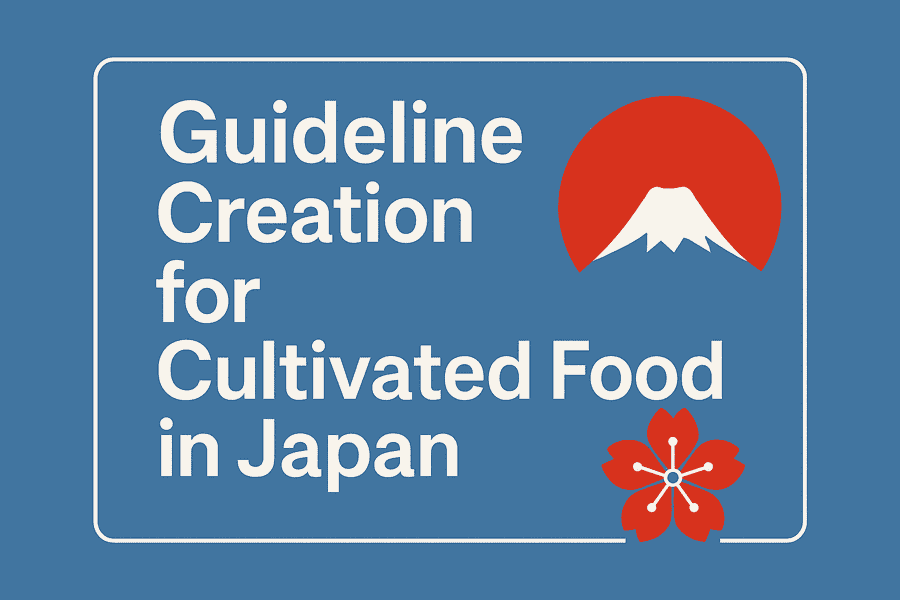Japan’s regulatory framework for cultivated foods is in development, with discussions centered around safety procedures, risk management, and the potential release of sales guidelines. The Consumer Affairs Agency’s Food Safety Standards Council, Subcommittee on Newly Developed Foods, is working toward these guidelines, with a draft expected as early as this summer.
The Subcommittee, primarily guided by a working group from the National Institute of Health Sciences (NIHS), has been reviewing safety issues related to cultivated foods. As of late July 2025, the group has identified and organized potential hazards, although the process of assessing these risks remains ongoing. The next step is to create safety checkpoints to address each hazard before the final guidelines are consolidated.
Who’s in charge of oversight?
While the details of these guidelines are not yet finalized, discussions have touched on several important aspects. Notably, a key issue remains how much detail will be required from developers in compiling safety data, and whether the government will update guidelines regularly. The structure of the regulatory framework is also under review, including which ministries will be responsible for oversight and how compliance will be monitored.

Earlier meetings have seen an increase in participation from various government ministries and agencies, signaling a broader commitment to the subject. After the transfer of food safety responsibilities from the Ministry of Health, Labour and Welfare to the Consumer Affairs Agency in 2024, cultivated foods gained more prominence in Subcommittee discussions, reflecting growing attention to the emerging sector.
Stakeholders seek clarity on food categorization
Key areas under consideration in the upcoming discussions include the granularity of the guidelines, the scope of responsibilities between companies and government bodies, and the regulatory structures that will govern the industry. The framework will need to balance clear safety protocols with flexibility for future updates, addressing evolving risks as the technology progresses.
JACA (Japan Association for Cellular Agriculture) has been closely involved in these discussions, representing the interests of its members and engaging with the government and other stakeholders. As the regulatory process unfolds, JACA has outlined potential areas of concern, including how cultivated food will be categorized, either as food ingredients or food products, and how this classification might influence regulatory oversight.




